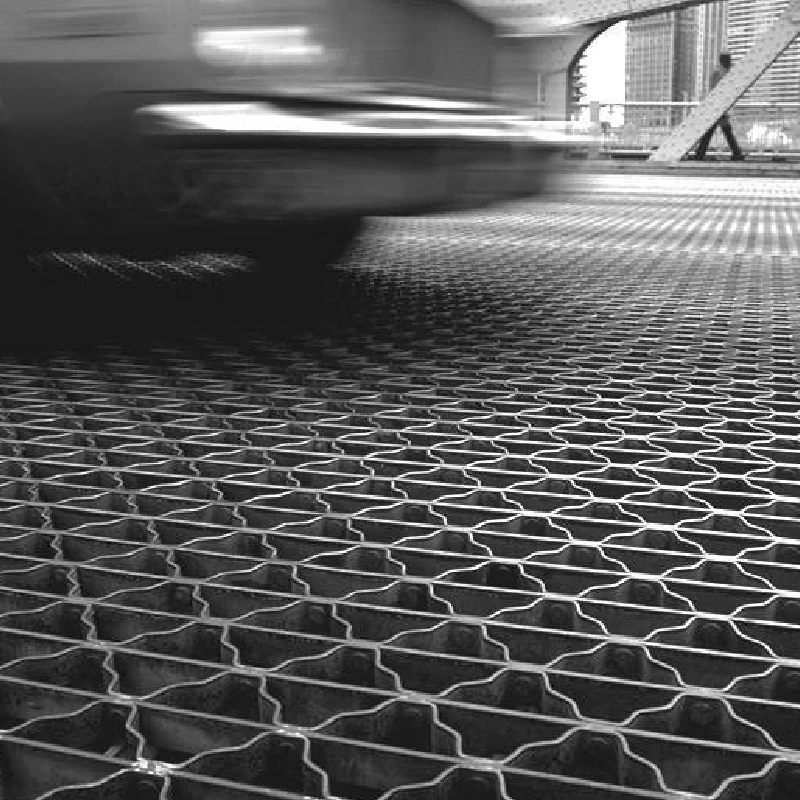- Industrial zone, South of Anping Town, Hengshui, Hebei, China.
- sales@hfpetromesh.com
- +86-18931809706
 Afrikaans
Afrikaans  Albanian
Albanian  Amharic
Amharic  Arabic
Arabic  Armenian
Armenian  Azerbaijani
Azerbaijani  Basque
Basque  Belarusian
Belarusian  Bengali
Bengali  Bosnian
Bosnian  Bulgarian
Bulgarian  Catalan
Catalan  Cebuano
Cebuano  Corsican
Corsican  Croatian
Croatian  Czech
Czech  Danish
Danish  Dutch
Dutch  English
English  Esperanto
Esperanto  Estonian
Estonian  Finnish
Finnish  French
French  Frisian
Frisian  Galician
Galician  Georgian
Georgian  German
German  Greek
Greek  Gujarati
Gujarati  Haitian Creole
Haitian Creole  hausa
hausa  hawaiian
hawaiian  Hebrew
Hebrew  Hindi
Hindi  Miao
Miao  Hungarian
Hungarian  Icelandic
Icelandic  igbo
igbo  Indonesian
Indonesian  irish
irish  Italian
Italian  Japanese
Japanese  Javanese
Javanese  Kannada
Kannada  kazakh
kazakh  Khmer
Khmer  Rwandese
Rwandese  Korean
Korean  Kurdish
Kurdish  Kyrgyz
Kyrgyz  Lao
Lao  Latin
Latin  Latvian
Latvian  Lithuanian
Lithuanian  Luxembourgish
Luxembourgish  Macedonian
Macedonian  Malgashi
Malgashi  Malay
Malay  Malayalam
Malayalam  Maltese
Maltese  Maori
Maori  Marathi
Marathi  Mongolian
Mongolian  Myanmar
Myanmar  Nepali
Nepali  Norwegian
Norwegian  Norwegian
Norwegian  Occitan
Occitan  Pashto
Pashto  Persian
Persian  Polish
Polish  Portuguese
Portuguese  Punjabi
Punjabi  Romanian
Romanian  Russian
Russian  Samoan
Samoan  Scottish Gaelic
Scottish Gaelic  Serbian
Serbian  Sesotho
Sesotho  Shona
Shona  Sindhi
Sindhi  Sinhala
Sinhala  Slovak
Slovak  Slovenian
Slovenian  Somali
Somali  Spanish
Spanish  Sundanese
Sundanese  Swahili
Swahili  Swedish
Swedish  Tagalog
Tagalog  Tajik
Tajik  Tamil
Tamil  Tatar
Tatar  Telugu
Telugu  Thai
Thai  Turkish
Turkish  Turkmen
Turkmen  Ukrainian
Ukrainian  Urdu
Urdu  Uighur
Uighur  Uzbek
Uzbek  Vietnamese
Vietnamese  Welsh
Welsh  Bantu
Bantu  Yiddish
Yiddish  Yoruba
Yoruba  Zulu
Zulu
- Afrikaans
- Albanian
- Amharic
- Arabic
- Armenian
- Azerbaijani
- Basque
- Belarusian
- Bengali
- Bosnian
- Bulgarian
- Catalan
- Cebuano
- Corsican
- Croatian
- Czech
- Danish
- Dutch
- English
- Esperanto
- Estonian
- Finnish
- French
- Frisian
- Galician
- Georgian
- German
- Greek
- Gujarati
- Haitian Creole
- hausa
- hawaiian
- Hebrew
- Hindi
- Miao
- Hungarian
- Icelandic
- igbo
- Indonesian
- irish
- Italian
- Japanese
- Javanese
- Kannada
- kazakh
- Khmer
- Rwandese
- Korean
- Kurdish
- Kyrgyz
- Lao
- Latin
- Latvian
- Lithuanian
- Luxembourgish
- Macedonian
- Malgashi
- Malay
- Malayalam
- Maltese
- Maori
- Marathi
- Mongolian
- Myanmar
- Nepali
- Norwegian
- Norwegian
- Occitan
- Pashto
- Persian
- Polish
- Portuguese
- Punjabi
- Romanian
- Russian
- Samoan
- Scottish Gaelic
- Serbian
- Sesotho
- Shona
- Sindhi
- Sinhala
- Slovak
- Slovenian
- Somali
- Spanish
- Sundanese
- Swahili
- Swedish
- Tagalog
- Tajik
- Tamil
- Tatar
- Telugu
- Thai
- Turkish
- Turkmen
- Ukrainian
- Urdu
- Uighur
- Uzbek
- Vietnamese
- Welsh
- Bantu
- Yiddish
- Yoruba
- Zulu
Metal Grating Load Capacity Charts for Structural Engineering Applications
Understanding Metal Grating Load Tables A Comprehensive Overview
Metal grating is widely utilized in various industrial applications due to its durability, strength, and versatility. It serves as flooring, walkways, drainage covers, and platforms in environments requiring robust support systems. One crucial aspect of ensuring safety and efficiency in the use of metal grating is understanding load tables, which provide essential data regarding how much weight the grating can support.
Load tables are comprehensive documents that specify the load-bearing capacity of various types of metal grating, typically expressed in pounds per square foot (psf) or kilograms per square meter (kg/m²). These tables include critical factors like the type of metal used, the thickness of the grating, and the spacing of the support beams. Aluminum and steel are the most common materials employed in fabricating metal grating, each offering unique properties suited to specific environments and load requirements.
When examining load tables, one must pay attention to the loading conditions, which can be classified into two main categories uniform load and concentrated load. A uniform load is the weight distributed evenly across the grating surface, while a concentrated load refers to a specific weight applied at a single point. Understanding these distinctions is vital for selecting the appropriate grating for your application.
metal grating load tables

Moreover, metal grating can come in various designs, such as welded, pressed, or molded patterns. Each design type has its own load-bearing characteristics. For instance, welded grating tends to have a higher load capacity due to the nature of its construction, making it suitable for heavy-duty applications like industrial flooring. On the other hand, lighter-duty pressed grating may suffice for pedestrian walkways in less demanding environments.
To appropriately utilize load tables, engineers and project managers must consider factors such as safety factors, environmental impacts, and maintenance requirements. Safety factors, often incorporated into design guidelines, ensure that the grating can handle unexpected loads or stresses without failure. Environmental aspects may include exposure to corrosive substances, extreme temperatures, or heavy foot traffic that can impact the durability and lifespan of the grating.
Additionally, regular inspections and maintenance are vital to ensure the integrity of the metal grating over time
. Any signs of wear, corrosion, or damage should be addressed promptly to maintain safety and performance standards.In conclusion, metal grating load tables are an essential resource that provides critical guidance for selecting the right type of grating for specific applications. By comprehensively understanding the load capabilities, designs, and applicable factors outlined in these tables, engineers and construction professionals can make informed decisions that enhance safety, efficiency, and longevity of metal grating systems. Whether in industrial settings, commercial buildings, or outdoor environments, informed choices based on load table data are key to successful and safe installations.
-
Welded Steel Bar Grating: The Rugged Industrial Flooring Solution Built for Load and LongevityNewsJun.24,2025
-
Steel Walkway Grating: Reliable, Resilient, and Built for Every StepNewsJun.24,2025
-
Shale Shaker Screen for Sale: Optimize Drilling Efficiency with Precision Screening PowerNewsJun.24,2025
-
Shaker Screen for Sale: Elevate Your Drilling Efficiency with Durable Separation SolutionsNewsJun.24,2025
-
Press Locked Steel Grating: Industrial Strength with Precision Fit for Heavy-Duty ApplicationsNewsJun.24,2025
-
Perimeter Safety Netting: The Critical Safety Upgrade for Every HelipadNewsJun.24,2025